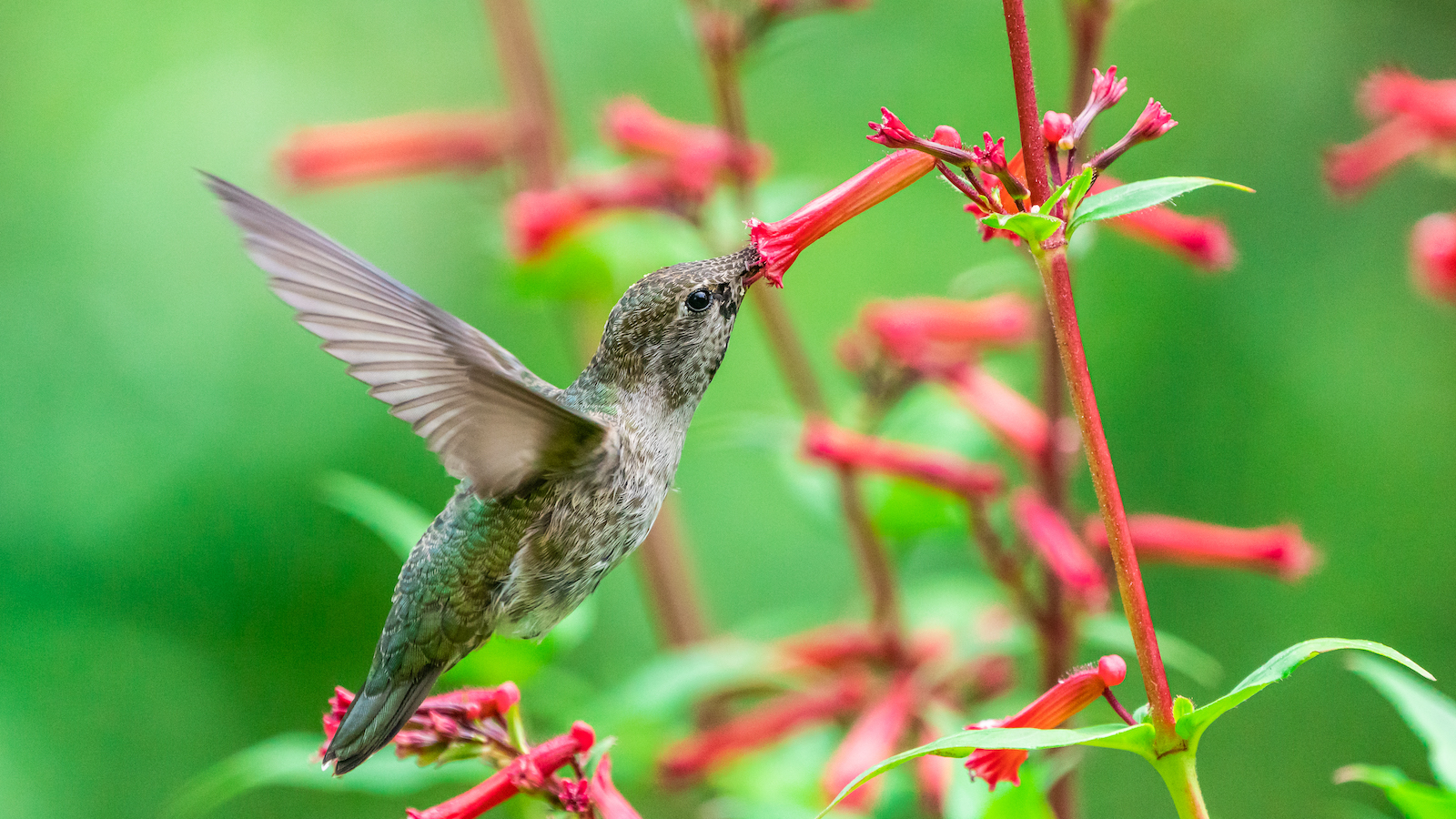

Our expert ornithologists will help you learn how to attract hummingbirds to your backyard and get these flighty friends coming around more often.
Whether it's maintenance suggestions for your yard, or specific plants to attract hummingbirds, these experts tips will ensure your outdoor space is truly ready to receive these magical little birds. Plus, our pros reveal what might be putting your winged friends off making a pit-stop and how to fix it.
Small garden ideas feel more complete with a few feathered visitors, so prep your space for these gorgeous creatures and enjoy them throughout the summer.
How to attract hummingbirds to your backyard
Around the time you begin executing your outdoor spring decor ideas, hummingbirds are getting ready to make their way across the US, and they're moving fast.
Ruby-throated hummingbirds, which frequent the east, are capable of flying for 500 miles non-stop, and the Rufous Hummingbird of western North America can travel up to nearly 4,000 miles between Alaska and Mexico, according to the Associate Director at Washington College's Foreman's Branch Bird Observatory, Maren Gimpel.
"Whether they are migrating through or staying in your yard for the season, there are several ways to make life easier for these incredible birds," she says.
Here's how to win them over these migrating birds after their long journey.
1. Plant native flowers
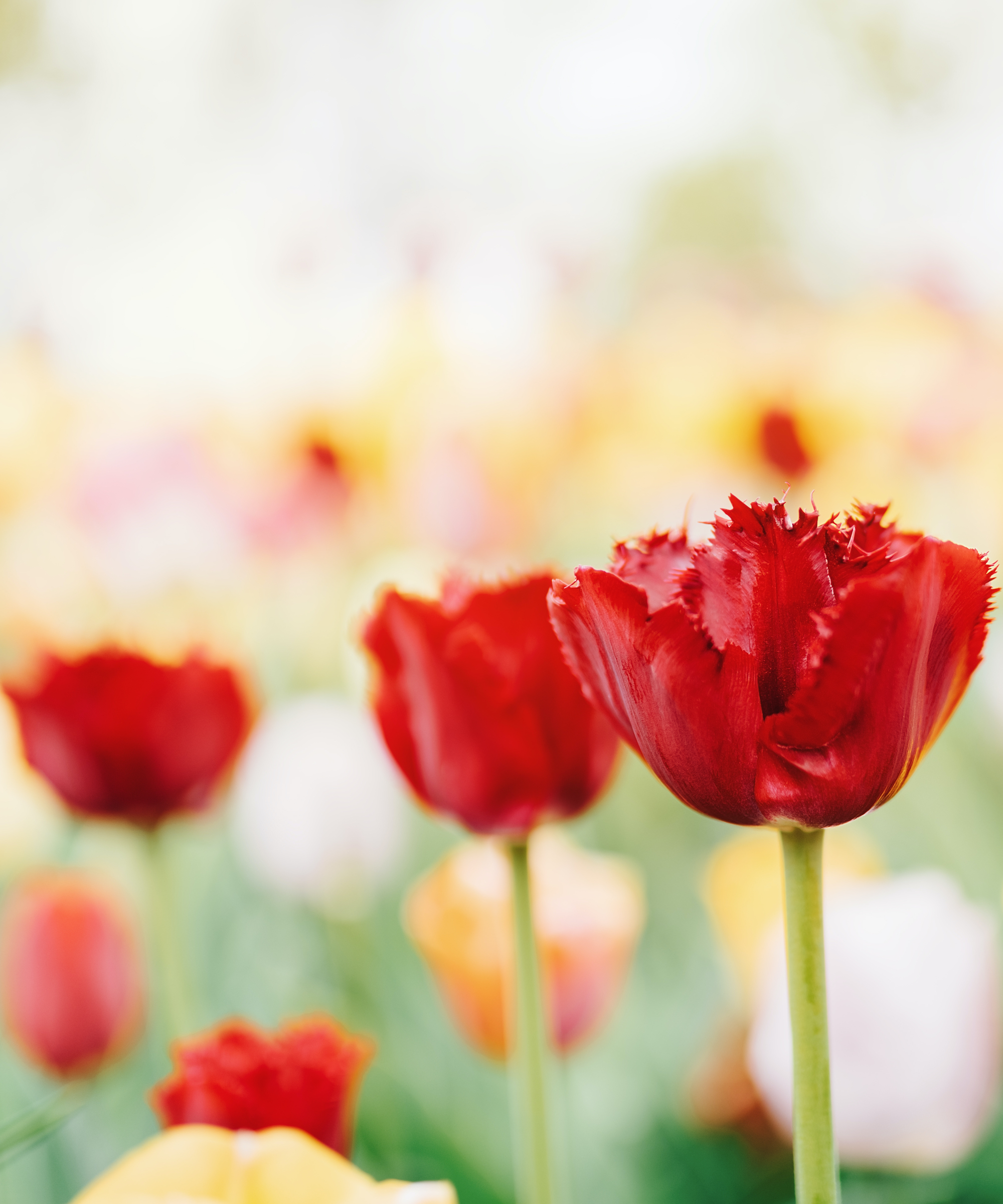
Take a look at what gardening zone you're in and find native flowers that will appeal to hummingbirds. They tend to go googly-eyed over the color red and head towards plants that will provide them with nectar, including tulips and coral bells.
According to Maren, it's a win-win situation for you and your garden guests. "You will enjoy beautiful blooms and the hummingbirds get natural nectar."
But you do have to be cautious. Experts from the American Bird Conservancy warn that you must work with seeds and plants that are free of neonicotinoids. You can check this at your local nursery before buying any new ones to pop into your garden.
These pesticides are not only toxic to bees, but can be deadly for hummingbirds.
Once you have the basics down, it's a matter of figuring out when to get your outdoor space ready. Like much of gardening, selecting the proper florals, for birds and humans alike, will depend on where you live.
"In some locations [hummingbirds] are around year-round, such as in the Southwest U.S. and even the Pacific Northwest," says Dr. Emma Greig, Ph.D., leader of Project FeederWatch at the Cornell Lab of Ornithology. "But in much of the U.S., they show up in spring and stay through the summer, migrating south once the cold weather arrives."
2. Avoid pesticides

Just as much as hummingbirds enjoy nectar, they enjoy feasting on insects. Oftentimes when they're making themselves comfortable in a honeysuckle or trumpet creeper, they're just not sipping their drink of choice — they're nibbling on critters for protein and gathering food for their young. Spraying your flower beds with pesticides will kill off their food source.
"Spraying your yard with pesticides can eliminate insects that hummingbirds need. Avoid doing this at all costs," Emma urges.
If you're struggling with bugs but still want to save some for the birds, explore our favorite non-toxic pest control solutions for planet-friendly gardening. You can also use Irish Spring soap to put off bugs and critters.
3. Use a hummingbird feeder
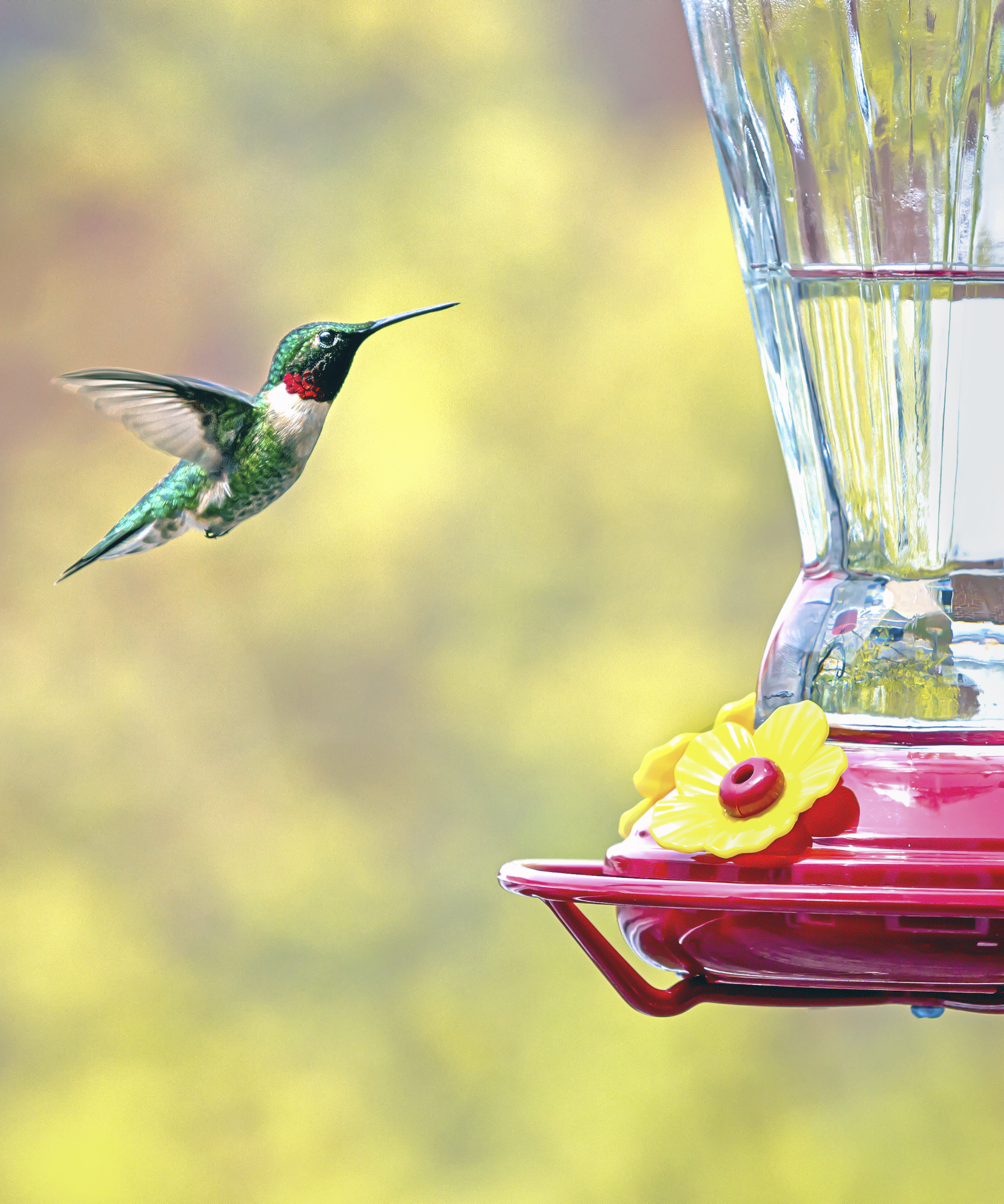
A hummingbird feeder is a great way to get the birds' attention, particularly if it's red, as that's the color they scan for when flying. Just make sure whether you're using store-bought nectar or mixing your own for them that there's no red dye present. They might notice the color, but the food dye can be dangerous to them.
Emma recommends keeping the bird feeders in a visible area near some shade, if possible, as the birds will likely be anxious to cool down, and it'll keep the nectar from turning quickly. The height of the feeder doesn't necessarily matter as much as the color.
But don't expect immediate results. If you've figured out what to plant in May according to what's native to your locale and bought a bird feeder but still haven't caught sight of any visitors, that doesn't mean your efforts were for naught.
"Be patient. Often it takes a few days for them to notice the new food source," Emma insists. "Make sure you still change the nectar regularly, even if they aren’t visiting yet."
If you find that the sugar water concoction is getting more attention from ants than from birds, even with daily cleanings, try an appropriate accessory designed for the task. The red Holahoma Ant Moat for Hummingbird Feeder on Amazon is only $10 and comes in the birds' favorite color. It's made of stainless steel meaning even if you leave it out all year, it's not going to rust. Plus, the extra large capacity means less refill work for you.
Lastly, putting the feeder near the window will allow you a bird's eye view of your visitors, but keep in mind that the hummingbirds might fly into the windows and get hurt, so it's best to place them away from the house.
4. Get a bird bath
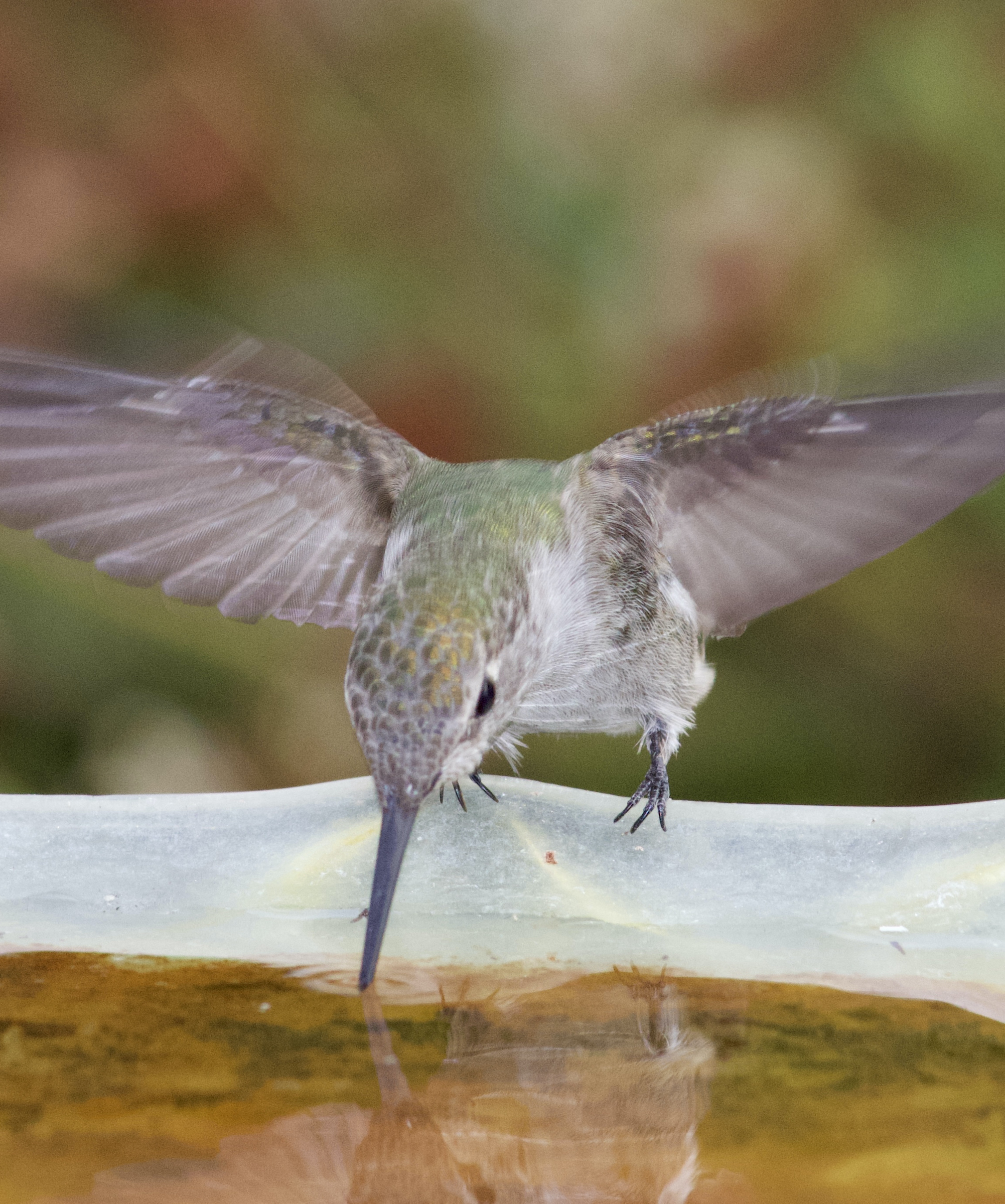
Who doesn't like to refresh after a long trip? If you were traveling 4,000 miles in a day like the Rufous Hummingbird of western North America, you'd want to wash off, too.
"They will also sometimes visit bird baths, so having a water feature available can be great for them," Emma notes.
The American Bird Conservancy provides an alternative if you're not willing to get a bird bath, or if you're not working with much room. A mister or dripper could do the trick. The Dreyoo Solar Bird Bath Fountain from Amazon was purchased over 700 times over the past month and we love the solar-power functionality, meaning no batteries, wires and it'll keep the planet happy.
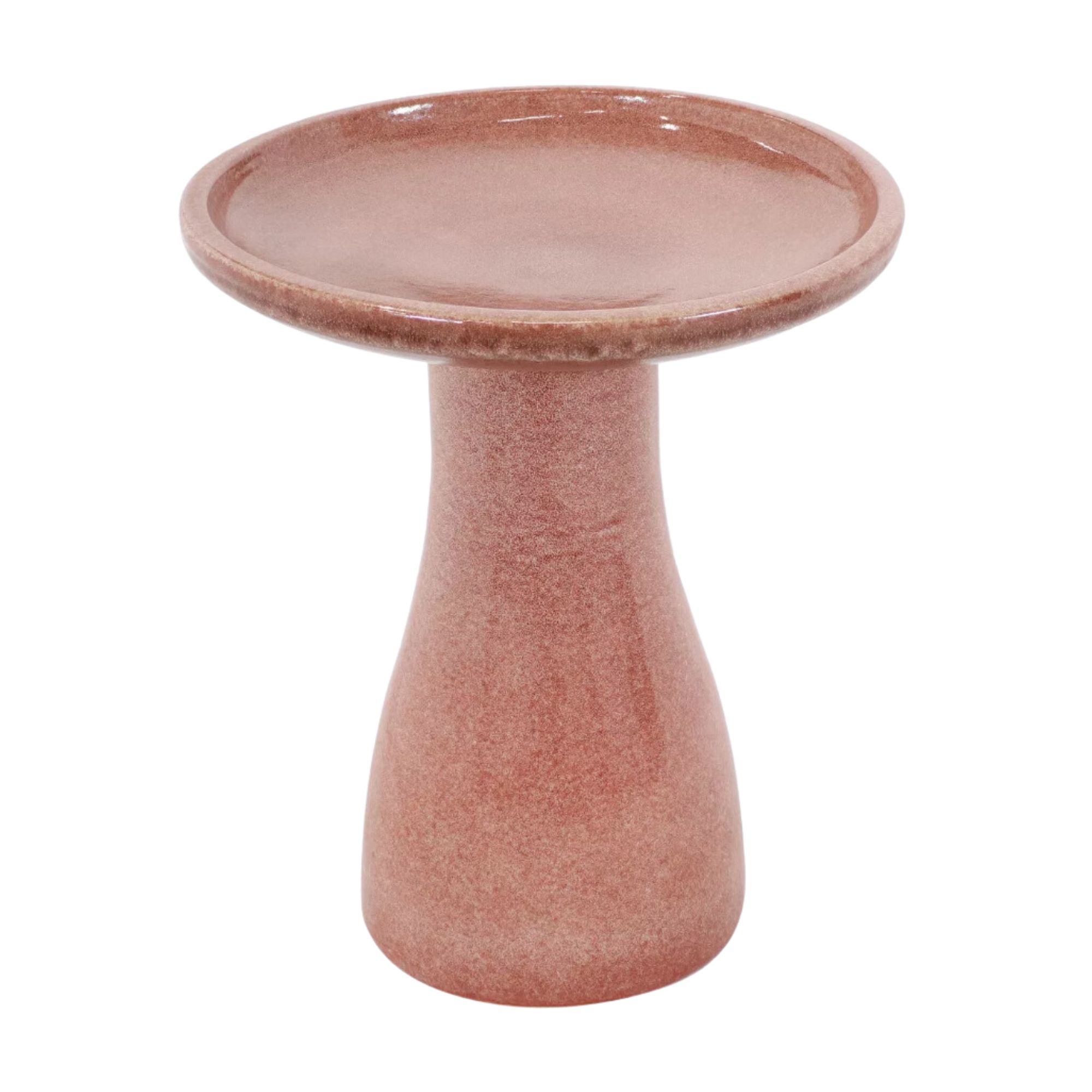
Price: Was $248.99, now $199
Dimensions (in.): 18 x 18 x 21
Made from clay with a glaze finish, this weather-resistant red bird bath will certainly get hummingbirds' attention. Coloring might vary slightly from one item to the next as they are glazed manually and blasted in a kiln, meaning results can differ.
5. Spread things out
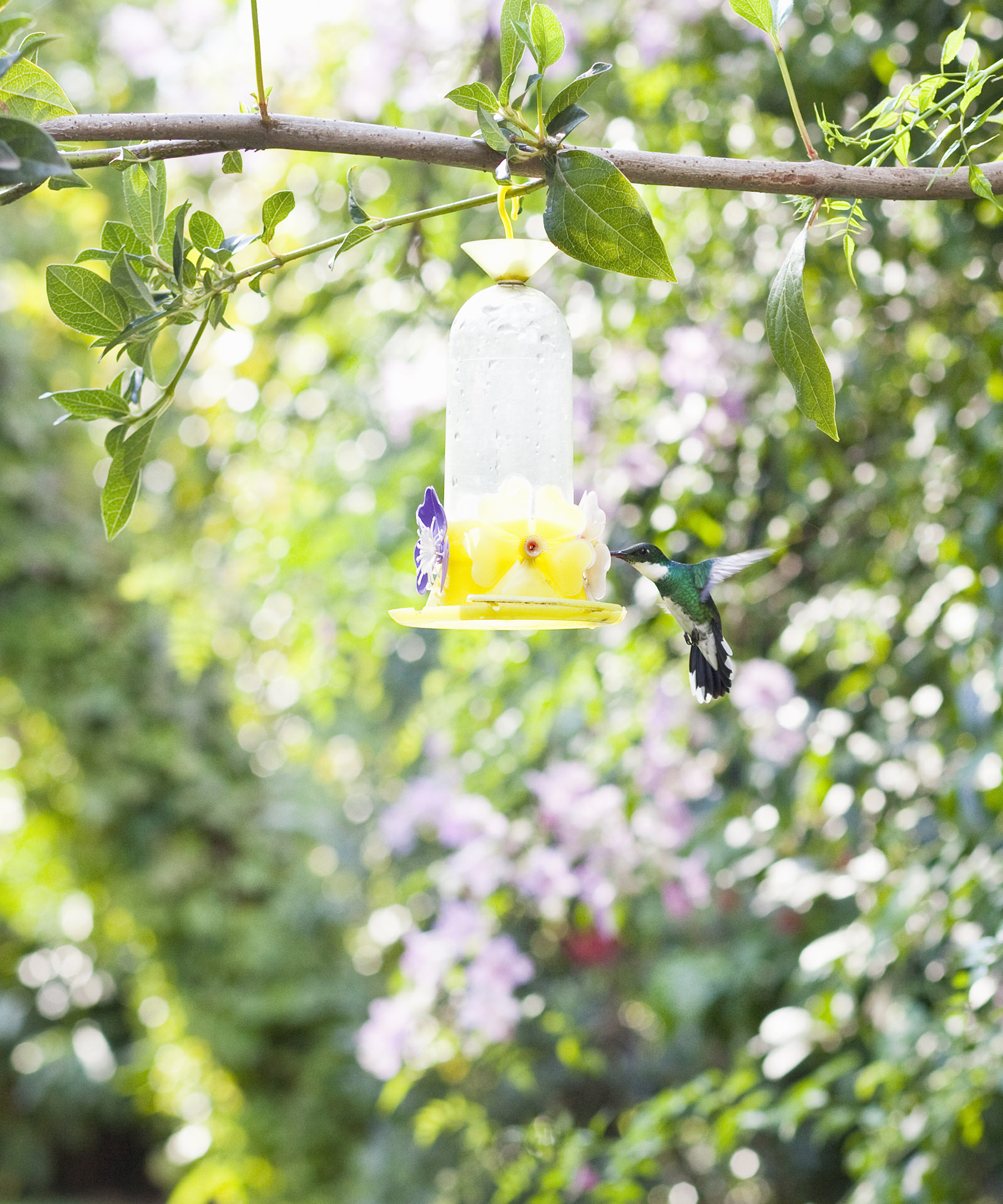
If a hummingbird were to shell out feng shui gardening tips, it'd suggest spacing things apart — the flowers, the feeder, and the bird bath. According to the American Bird Conservancy, they can get a little combative and prefer a bit of breathing room, and more than one feeder if possible. Who can blame them for not wanting to be crowded during chow or bathing time.
Since hummingbirds are always scanning their surroundings for good eats, protection, and a lack of predators, the organization also suggests giving the birds an unobstructed view. They want to be in the know, especially when it comes to their environment.
Meet our experts

Maren Gimpel is Associate Director at Washington College’s Foreman’s Branch Bird Observatory where she bands birds for both migratory and breeding studies. A bander since 2002 and a birder for over 25 years, Maren is a North American Banding Council certified bird bander and trainer, and secretary of the Eastern Bird Banding Association. Before coming to Washington College, she worked on avian research projects from migration banding Nova Scotia to breeding biology of hummingbirds on the island of Tobago.
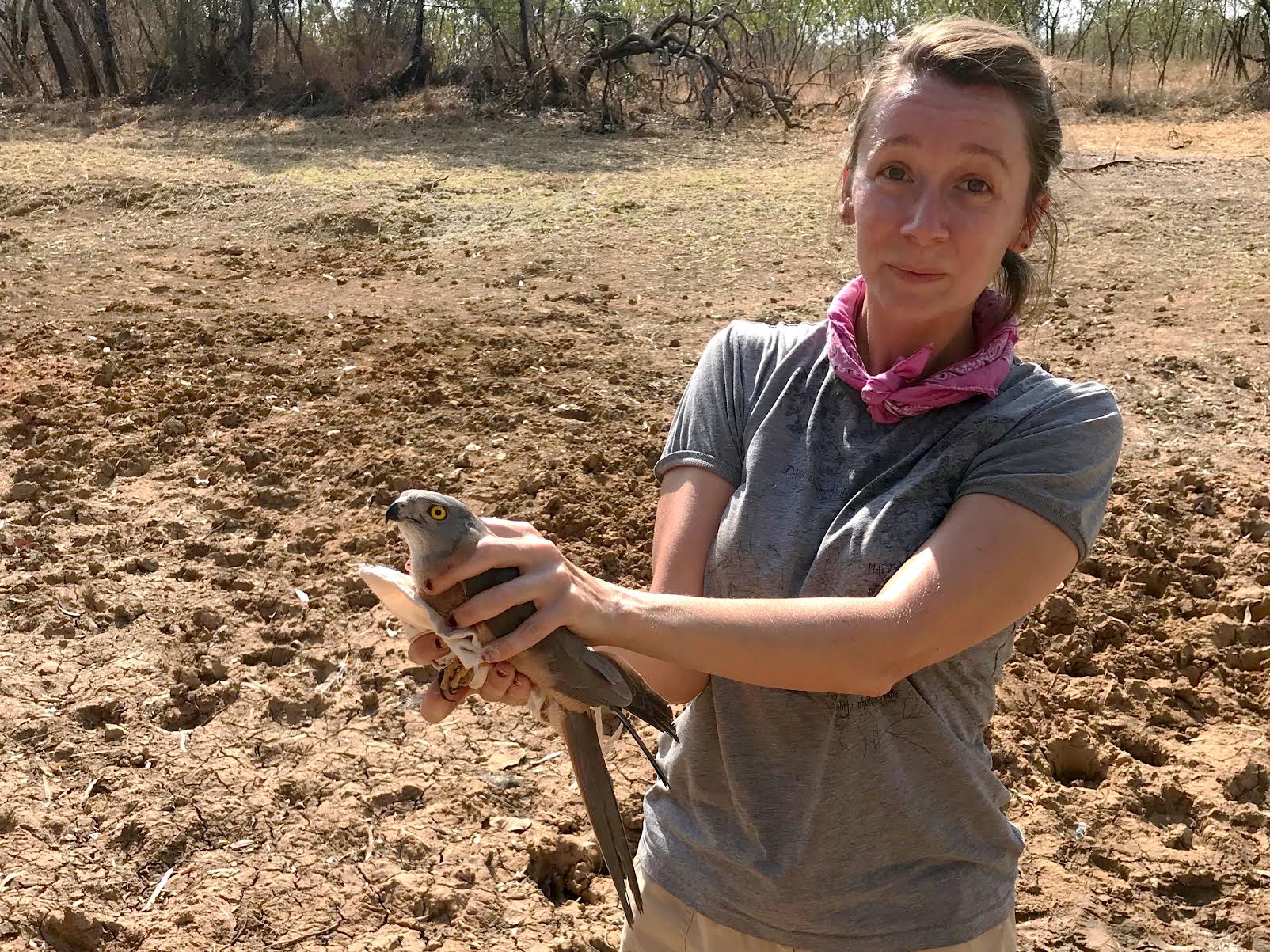
Project FeederWatch turns your love of feeding birds into scientific discoveries. FeederWatch is a November-April survey of birds that visit backyards, nature centers, community areas, and other locales in North America. The schedule is flexible and no bird feeder is required. Your findings will contribute to a continental data-set of bird distribution and abundance.
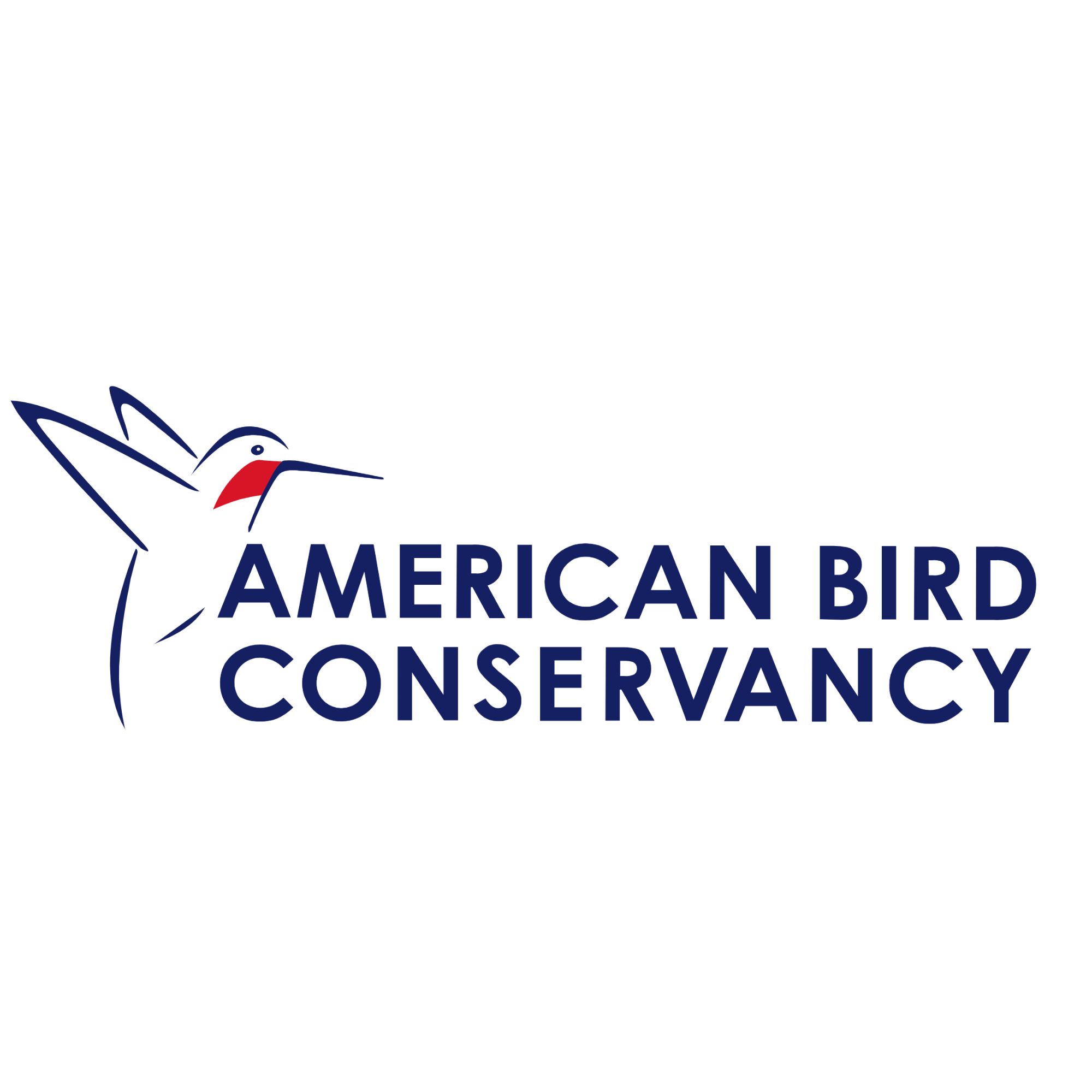
American Bird Conservancy is dedicated to conserving wild birds and their habitats throughout the Americas. Since its founding in 1994, the organization focuses on obtaining real conservation results for birds.
FAQs
What to avoid when feeding hummingbirds
When feeding hummingbirds with a feeder, there are a few things you're better off not doing. The first thing is using red food dye as it will potentially harm them (even though they're attracted to the color).
Secondly, without proper care of the feeder, the nectar will spoil and cause the birds to get sick. Be mindful of your cleaning habits and bring the feeder to a secure location if there's bad weather approaching.
Rather than have all of the birds flock to one feeder, why not try getting more than one? This will give them ample opportunity to spread out. The budget-friendly JOIEDOMI pack of six hummingbird feeders from Amazon are a snip and will do the job nicely as they're visible, easy to hang and come loaded with cleaning brushes to clear out the narrow tube shape. We also like that they look like tropical decorations for your backyard.
What is a hummingbird's worst enemy?
According to the American Bird Conservancy, hummingbirds are on high alert when it comes to cats. If you have a feline companion, try to keep it indoors and away from the feeders.
Even if you are monitoring the feeder and your cat outdoors, both move very quickly and could potentially cause conflict with one another. ABC suggests that you place "any feeders, water features, or flowering plants away from, or well above, where sit-and-wait predators might pounce."
If you're not keen on attracting birds to your backyard, but you do have a cat that likes to wander through your outdoor space, make sure you're only opting for safe plants for cats to ensure their health and safety.
Join our newsletter
Get small space home decor ideas, celeb inspiration, DIY tips and more, straight to your inbox!

Pleasure to meet you! I'm Danielle, a content editor at Real Homes who loves scoping out interior trends. I've specialized in lifestyle writing and editing for 10 years with a focus on events, food, and books, among other areas. When I'm not working, I'm usually cooking, reading, or searching for a new project for my apartment.
-
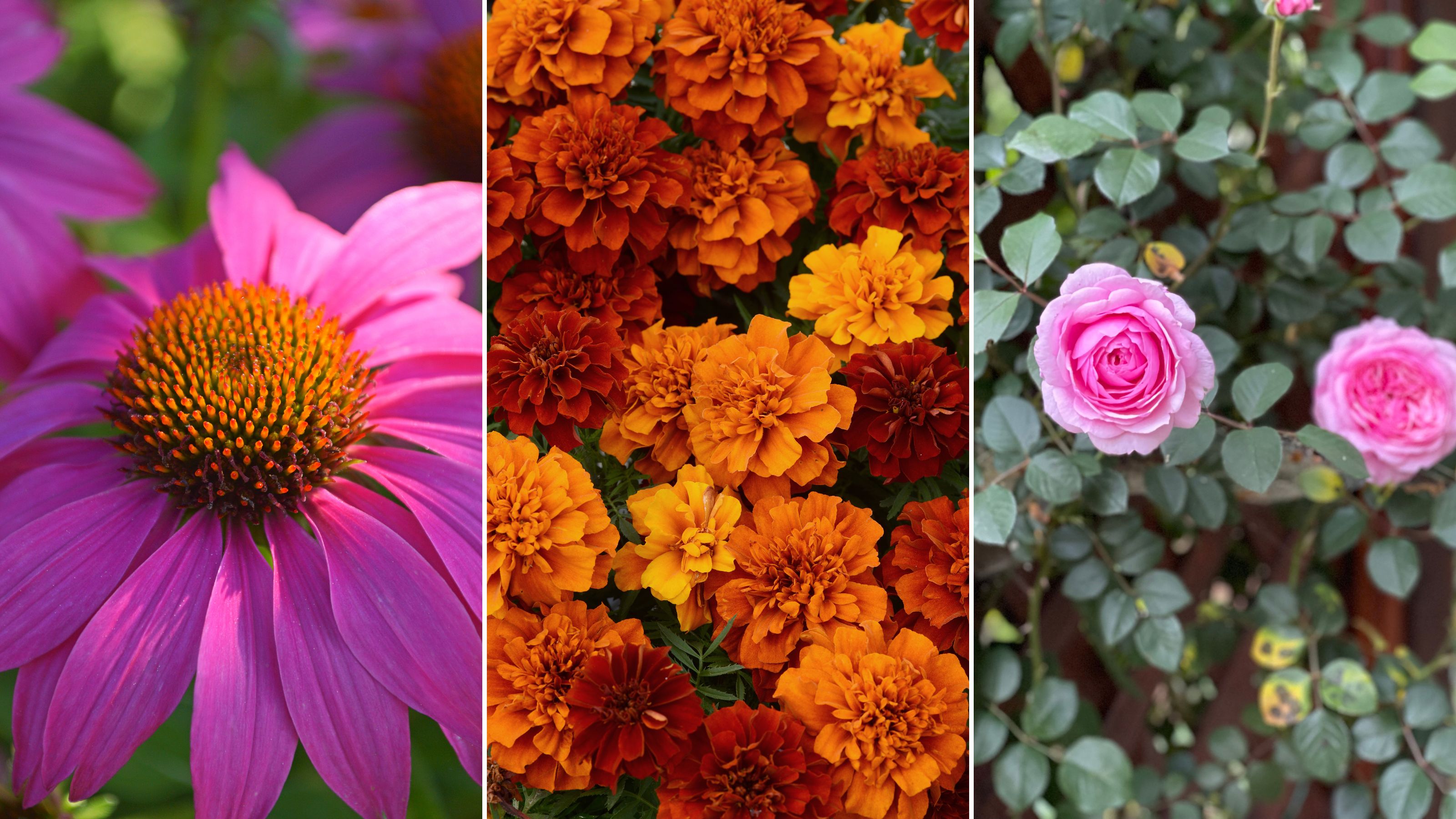 The 7 flowers to plant in August, according to gardening gurus
The 7 flowers to plant in August, according to gardening gurusKnowing what flowers to plant in August isn't always so clear-cut. But that's why we called in help from pro planters — here's what they said to pot.
By Becks Shepherd Published
-
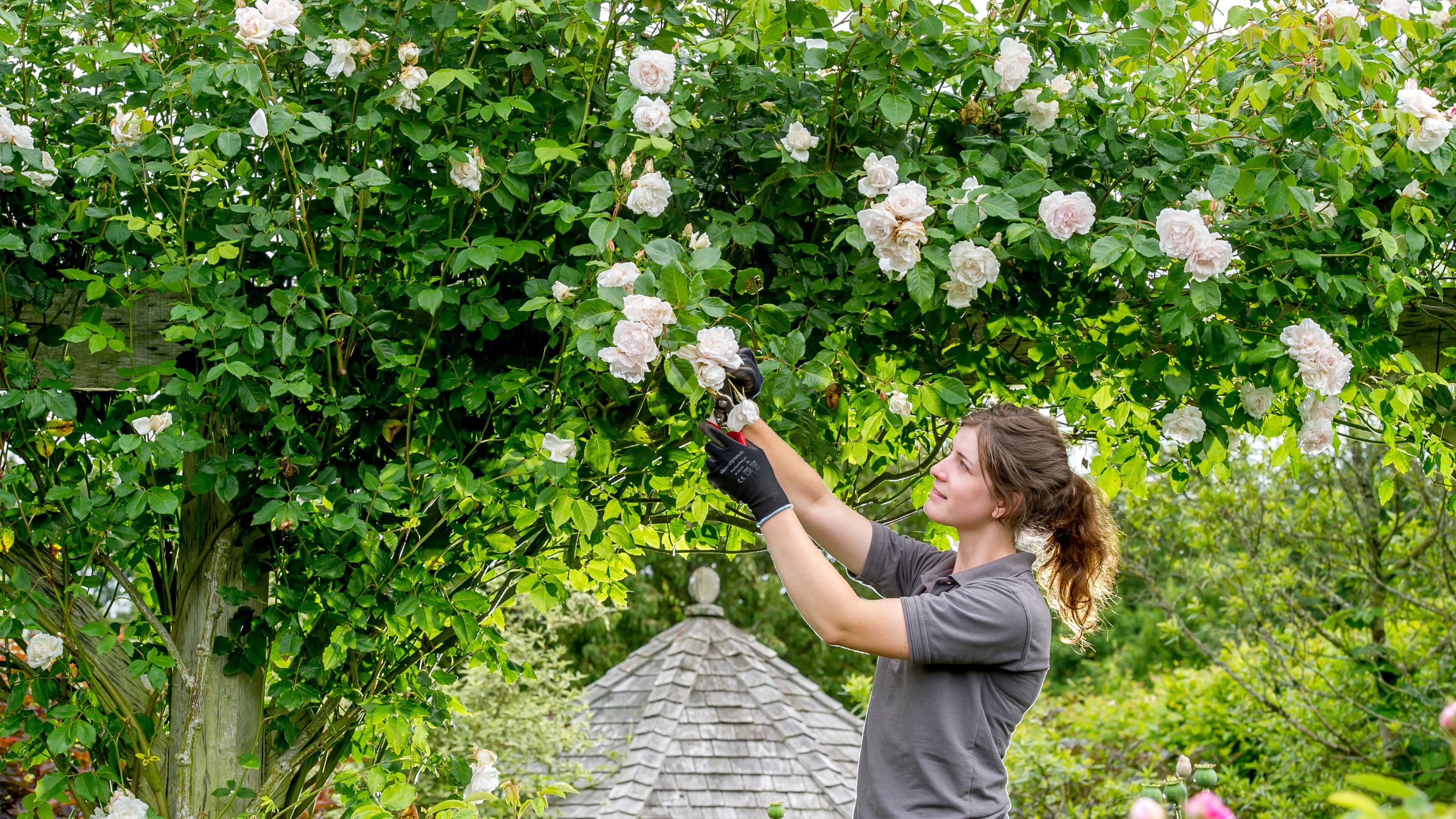 The 7 plants to prune in August — and the 2 pieces of greenery you shouldn't touch
The 7 plants to prune in August — and the 2 pieces of greenery you shouldn't touchWondering what plants to prune in August? We asked a gardening expert for their top tips plus info on what pieces of greenery to avoid pruning this month
By Becks Shepherd Published
-
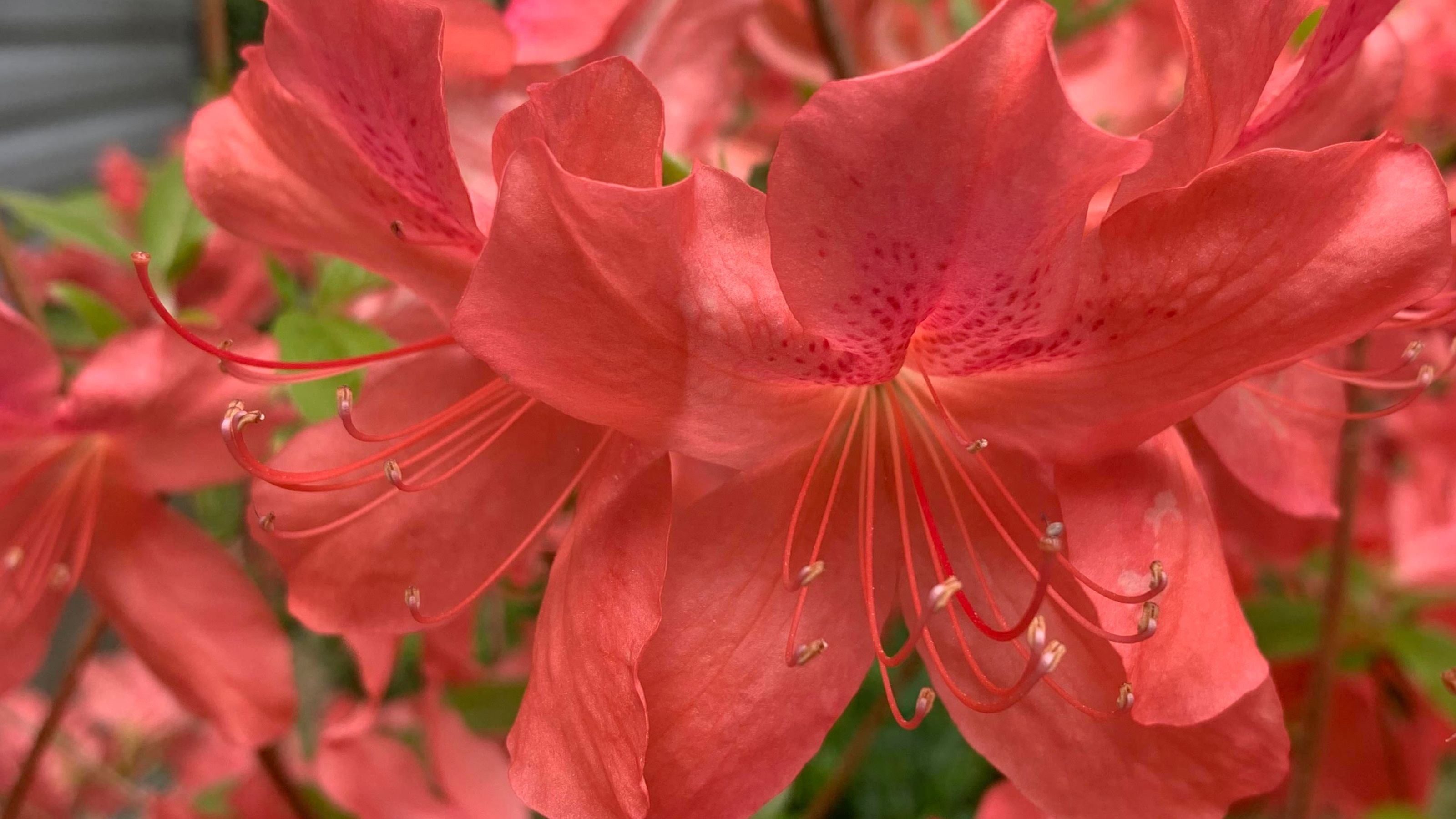 Do you need to deadhead azaleas? Top tips for pruning these flowering shrubs
Do you need to deadhead azaleas? Top tips for pruning these flowering shrubsWondering whether you need to deadhead azaleas? We asked a gardening expert for their top tips for looking after these blooms
By Becks Shepherd Published
-
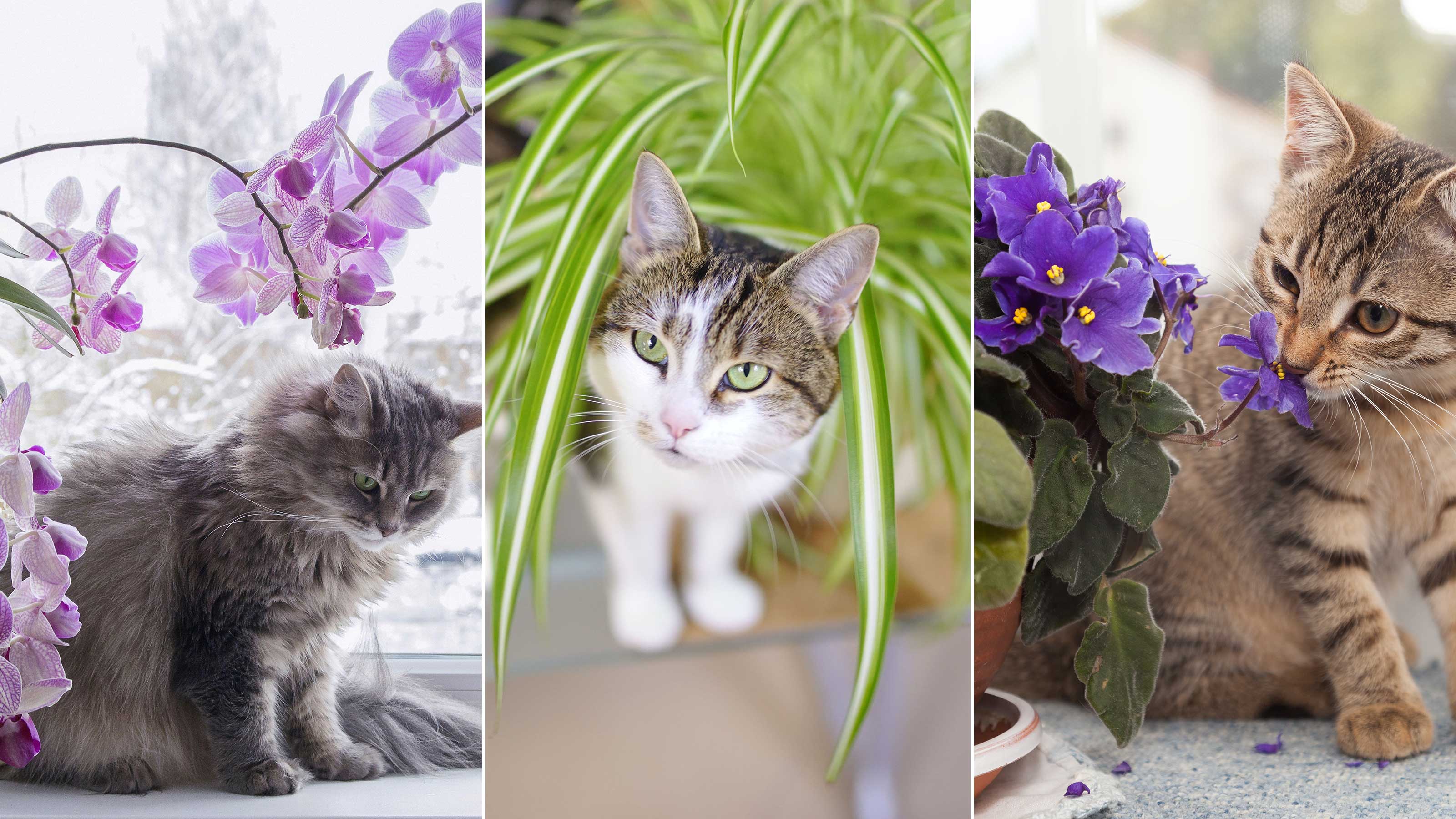 10 houseplants that are not toxic to cats — plus expert advice on keeping your pets safe
10 houseplants that are not toxic to cats — plus expert advice on keeping your pets safeKeep your four-legged companion safe by choosing these houseplants that are not toxic to cats, and learning the dangers of those that are, according to veterinary experts
By Holly Crossley Published
-
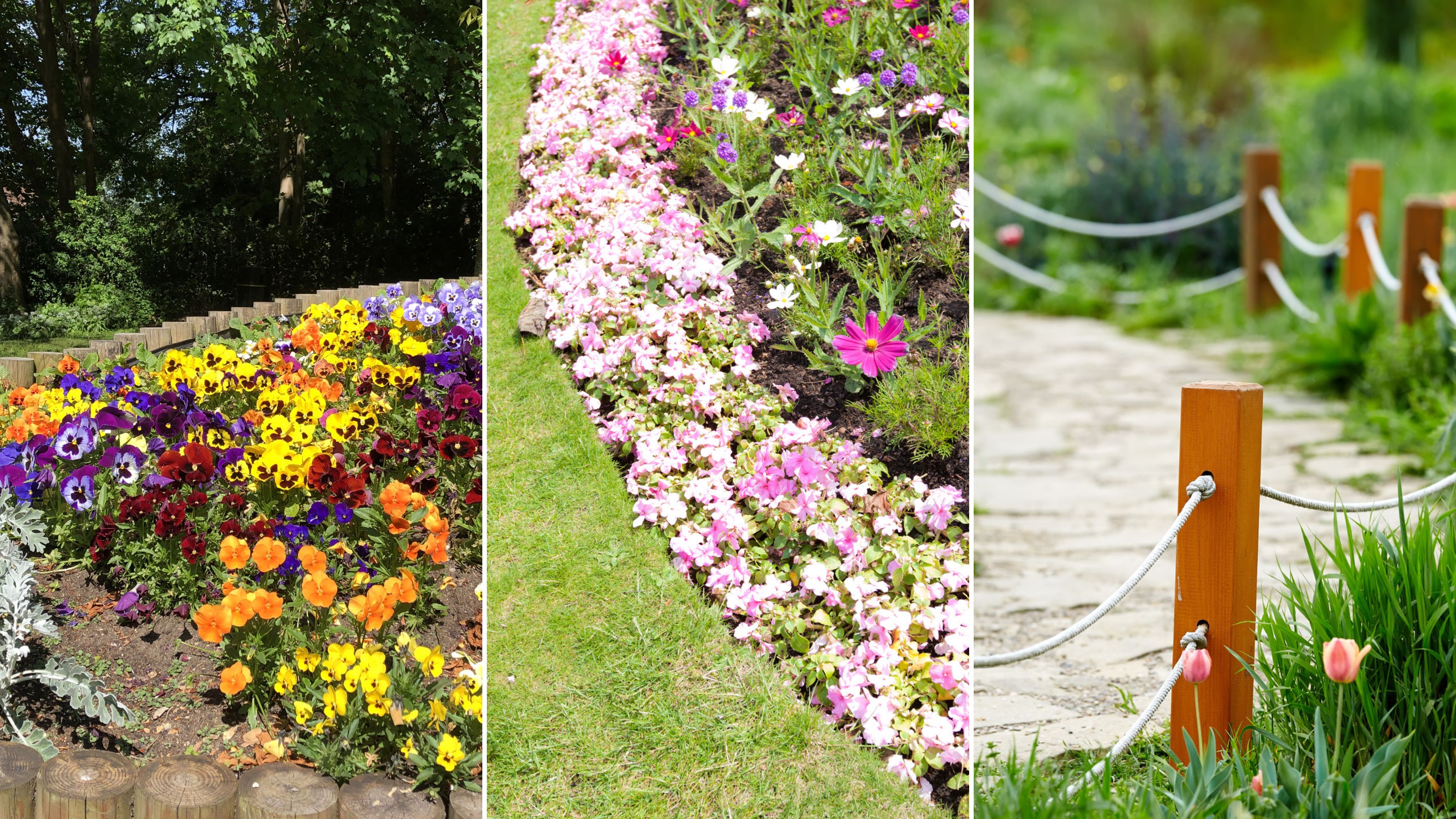 14 lawn edging ideas that will add definition and style to your backyard
14 lawn edging ideas that will add definition and style to your backyardWant to neaten up your lawn with lawn edging ideas? From fresh flowers to laidback bricks, we've scouted out materials and styles that look brilliant
By Eve Smallman Published
-
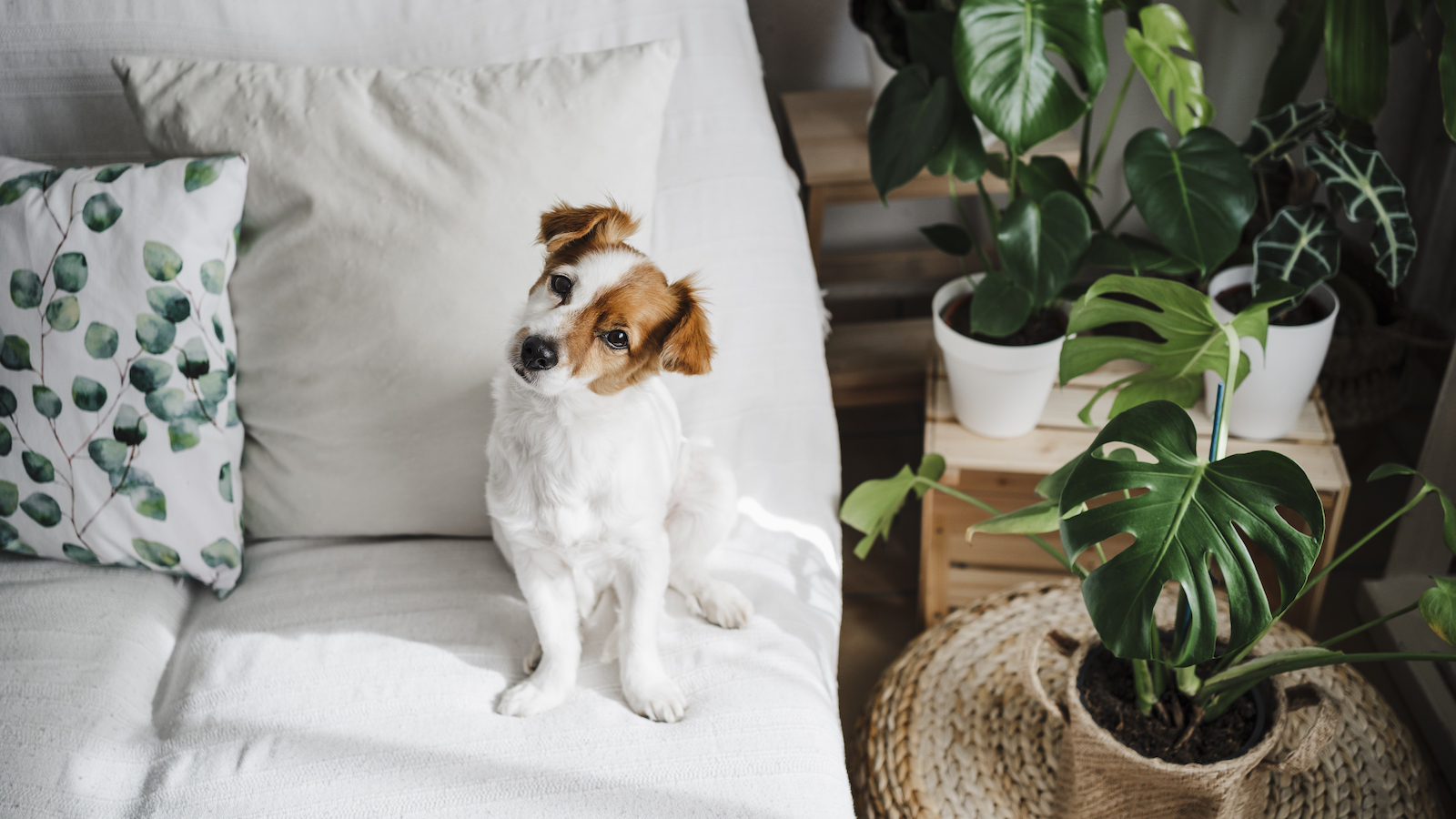 Which houseplants are toxic to dogs? Vet experts pinpoint problem plants and solutions
Which houseplants are toxic to dogs? Vet experts pinpoint problem plants and solutionsWondering Which houseplants are toxic to dogs? We spoke to vets about the problematic leafy greens, what they trigger in dogs, and how to find a solution
By Danielle Valente Published
-
 Does hydrangea bloom every year? Pros spill the dirt on the "garden favorite" and when to expect it
Does hydrangea bloom every year? Pros spill the dirt on the "garden favorite" and when to expect itWondering, "Does hydrangea bloom every year"? We asked the pros all about the garden favorite and how often to expect them — here's the dirt.
By Danielle Valente Published
-
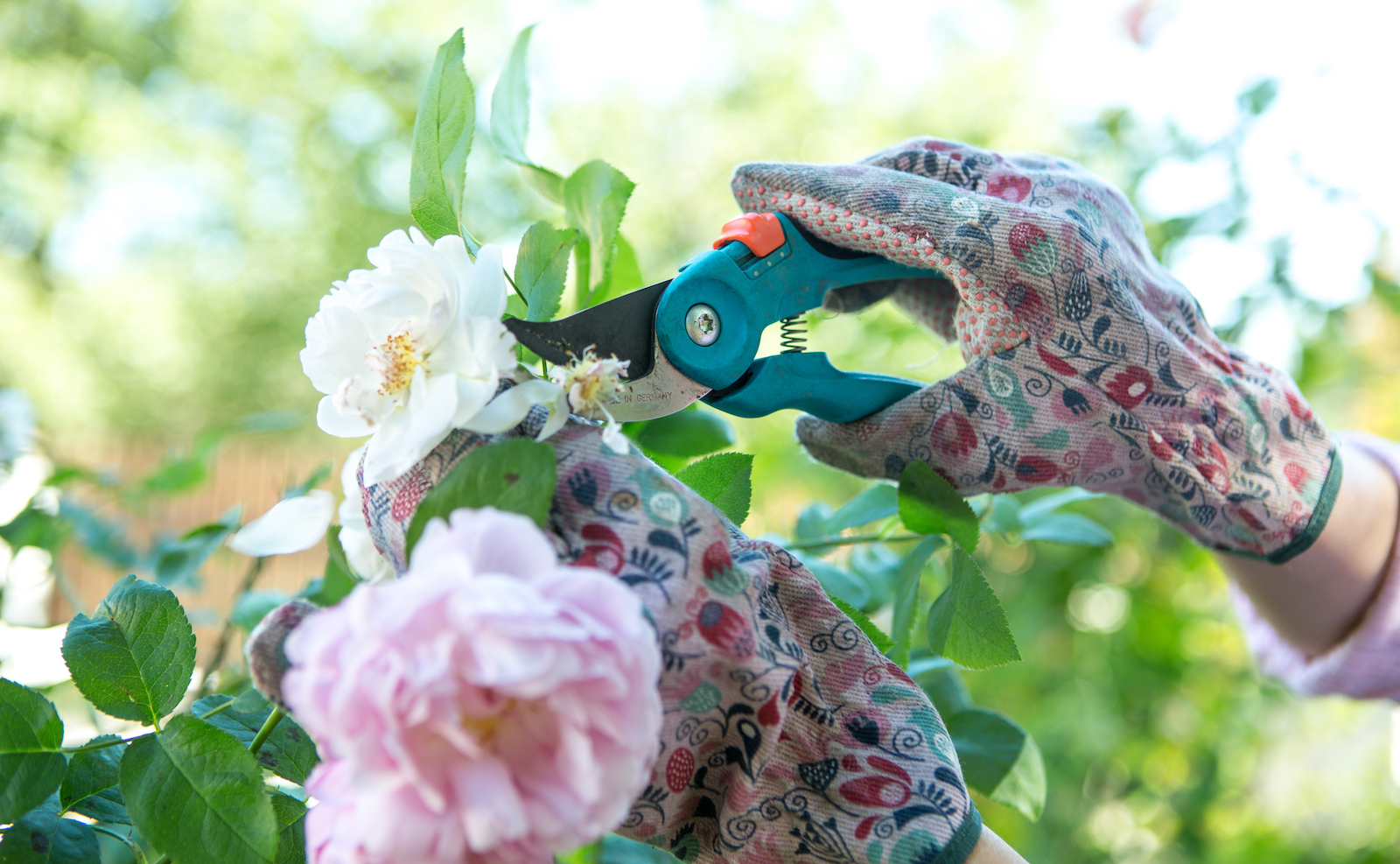 What to prune in spring — experts reveal how to get a lush, full garden
What to prune in spring — experts reveal how to get a lush, full gardenCurious what to prune in spring? We asked gardening experts for their top tips for a luscious, thriving garden
By Danielle Valente Published